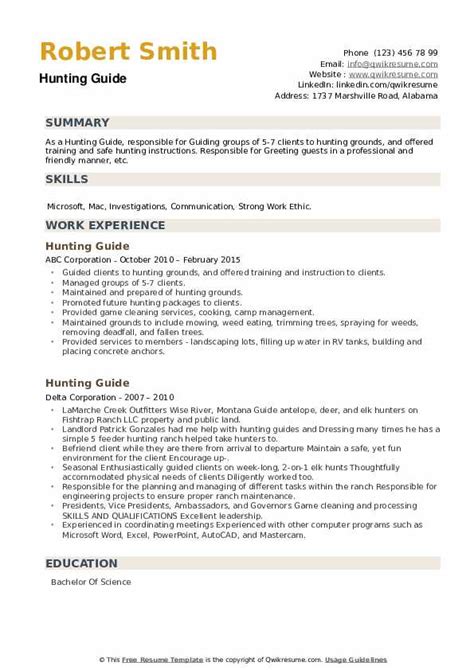Resume Samples & Examples For Effective Job Hunting

Looking for a job can be a daunting task. A well-crafted resume can make all the difference in getting your foot in the door. However, creating a resume that stands out from the crowd can be challenging. In this article, we will provide you with tips and examples to help you create an effective resume that will increase your chances of getting hired.
1. Choose the Right Resume Format
The first step in creating a great resume is choosing the right format. There are three common formats: chronological, functional, and combination. Each format has its own advantages and disadvantages, and the one you choose will depend on your work experience and the job you are applying for.
Chronological Resume
A chronological resume is the most common format. It lists your work experience in reverse chronological order, starting with your most recent job. This format is ideal if you have a solid work history and are applying for a job in the same field.
Functional Resume
A functional resume focuses on your skills and achievements rather than your work experience. This format is ideal if you are changing careers or have gaps in your work history.
Combination Resume
A combination resume is a mix of the chronological and functional formats. It highlights your skills and achievements, as well as your work experience. This format is ideal if you have a solid work history and want to emphasize your skills and achievements.
2. Customize Your Resume for Each Job
It’s important to customize your resume for each job you apply for. This means tailoring your resume to the specific job description and using keywords that match the job requirements. This will increase your chances of getting noticed by the hiring manager.
3. Use Action Verbs
Using action verbs in your resume will make it more dynamic and engaging. Action verbs are words that describe what you did, such as “managed,” “created,” and “implemented.” By using action verbs, you will demonstrate your accomplishments and show the hiring manager what you can bring to the table.
4. Quantify Your Achievements
Quantifying your achievements will make your resume more impactful. Instead of just listing your responsibilities, use numbers to show how you made a difference. For example, instead of saying “increased sales,” say “increased sales by 25% in six months.”
5. Highlight Your Relevant Experience
Make sure to highlight your relevant experience on your resume. This means focusing on the skills and experience that are most relevant to the job you are applying for. This will show the hiring manager that you are a good fit for the job.
6. Include a Professional Summary
A professional summary is a brief statement at the beginning of your resume that summarizes your skills and experience. It’s a great way to grab the hiring manager’s attention and give them an overview of what you can bring to the table.
7. Use a Clean and Simple Design
Using a clean and simple design will make your resume more visually appealing and easier to read. Stick to a simple color scheme and use a legible font. Avoid using too many graphics or images, as this can make your resume look cluttered.
8. Proofread Your Resume
Before submitting your resume, make sure to proofread it carefully. Check for spelling and grammar errors, and make sure your formatting is consistent. A typo or formatting error can make a bad impression on the hiring manager.
9. Include Relevant Education and Certifications
If you have relevant education or certifications, make sure to include them on your resume. This will show the hiring manager that you have the necessary skills and qualifications for the job.
10. Include Relevant Keywords
Finally, make sure to include relevant keywords in your resume. These are the words that the hiring manager is likely to search for when looking for candidates. By including these keywords, you will increase your chances of getting noticed by the hiring manager.
Conclusion
A well-crafted resume is essential for effective job hunting. By choosing the right format, customizing your resume for each job, using action verbs, quantifying your achievements, highlighting your relevant experience, including a professional summary, using a clean and simple design, proofreading your resume, including relevant education and certifications, and including relevant keywords, you will increase your chances of getting hired.
FAQs
What should I include on my resume?
You should include your contact information, work experience, education, skills, and certifications. Make sure to tailor your resume to the specific job you are applying for.
How long should my resume be?
Your resume should be one to two pages long. Make sure to include all relevant information, but avoid including unnecessary details.
What is the best format for a resume?
The best format for a resume depends on your work experience and the job you are applying for. The three most common formats are chronological, functional, and combination.
How can I make my resume stand out?
You can make your resume stand out by using action verbs, quantifying your achievements, highlighting your relevant experience, including a professional summary, using a clean and simple design, proofreading your resume, including relevant education and certifications, and including relevant keywords.
